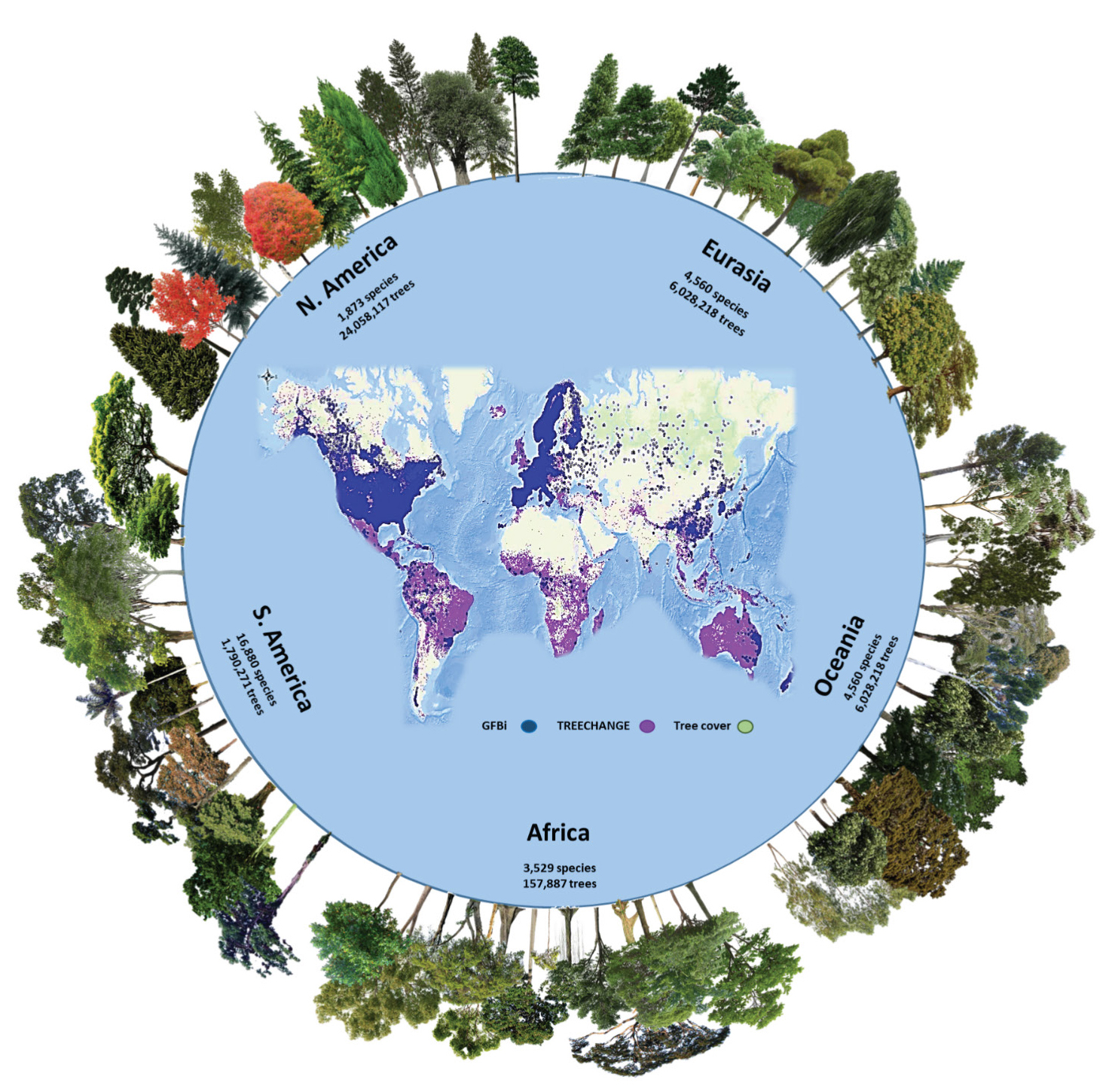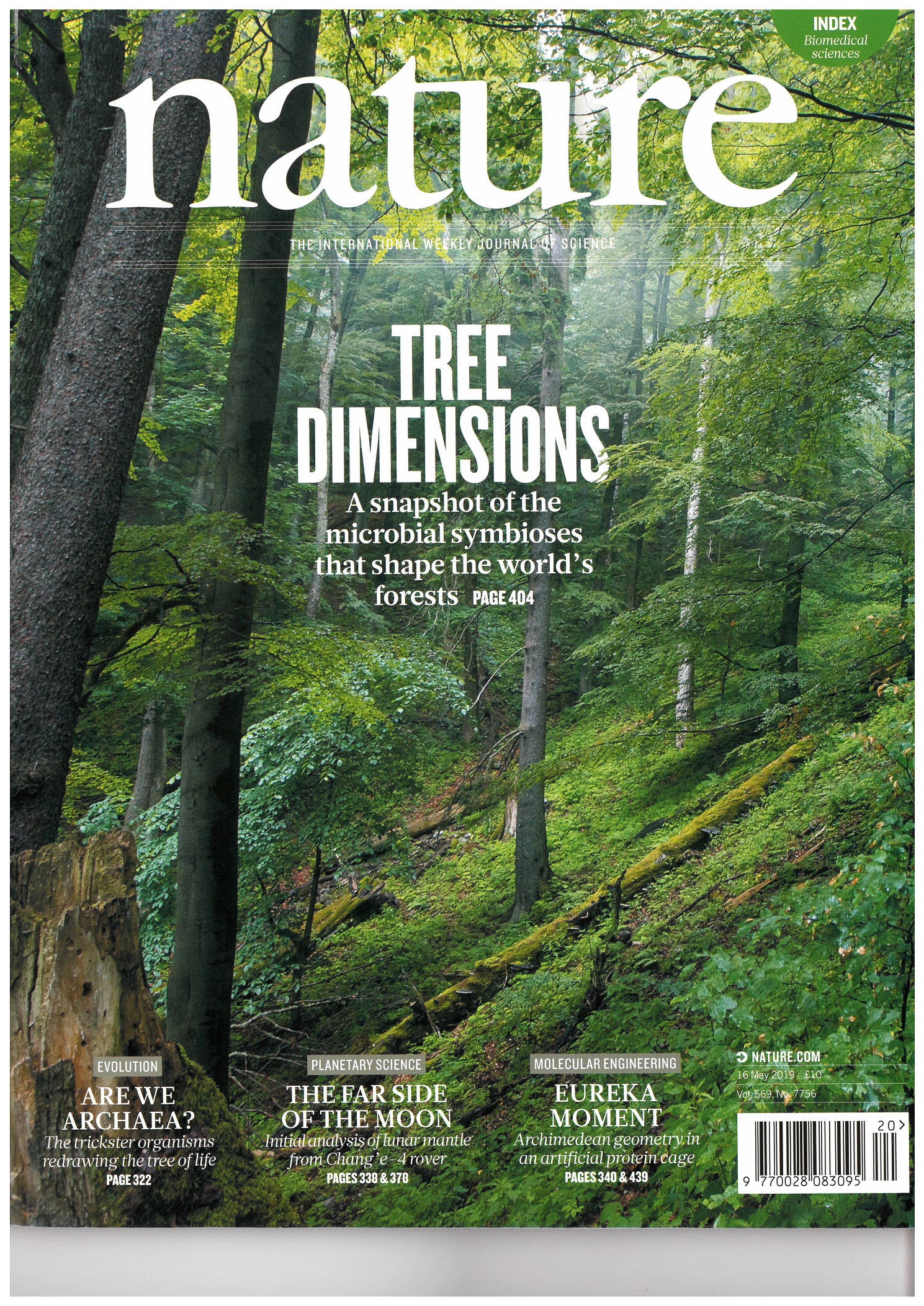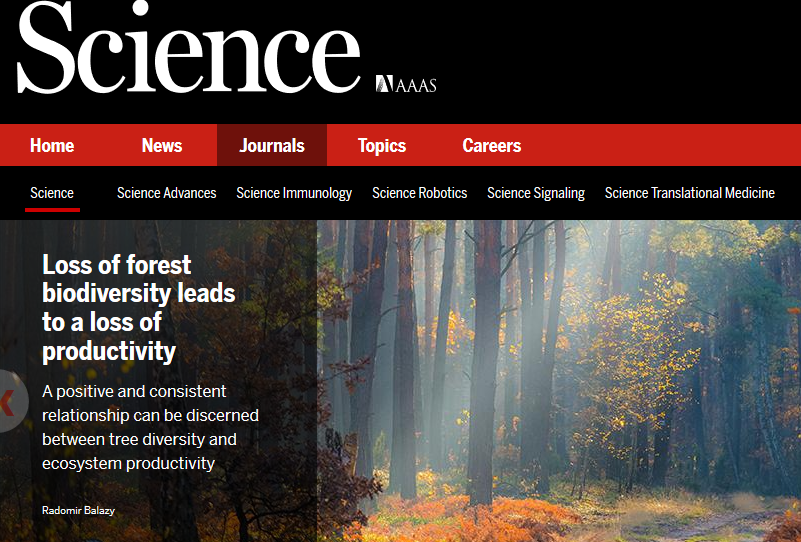Co-limitation towards lower latitudes shapes global forest diversity gradients The latitudinal diversity gradient (LDG) is one of the most recognized global patterns of species richness exhibited across a wide range of taxa. Numerous hypotheses have been proposed in the last two centuries to explain LDG, but rigorous tests of the drivers of LDGs have been […]
One of the most fundamental questions in ecology is how many species inhabit the Earth. However, due to massive logistical and financial challenges and taxonomic difficulties connected to the species concept definition, the global numbers of species, including those of important and well-studied life forms such as trees, still remain largely unknown. Here, based on […]
The identity of the dominant root-associated microbial symbionts in a forest determines the ability of trees to access limiting nutrients from atmospheric or soil pools, sequester carbon and withstand the effects of climate change. Characterizing the global distribution of these symbioses and identifying the factors that control this distribution are thus integral to understanding the present […]
The biodiversity-productivity relationship (BPR) is foundational to our understanding of the global extinction crisis and its impacts on ecosystem functioning. Understanding BPR is critical for the accurate valuation and effective conservation of biodiversity. Using ground-sourced data from 777,126 permanent plots, spanning 44 countries and most terrestrial biomes, we reveal a globally consistent positive concave-down BPR, […]

![[Published] Co-limitation toward lower latitudes shapes global forest diversity gradients](https://science-i.org/wp-content/uploads/2022/08/Fig4-e1660069126993.jpg)


